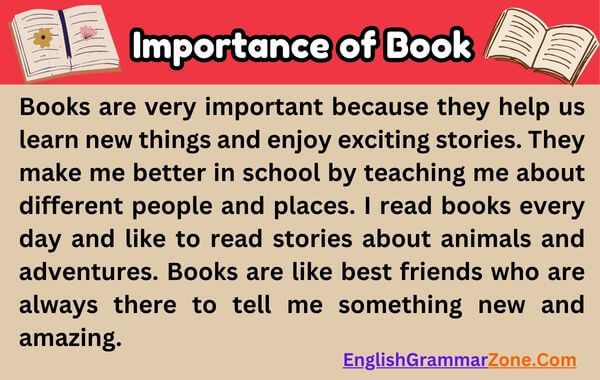
Essential Reading Materials

Studio Ghibli Filters, AI Appropriation, and the Politics of Art: A Critical Look at Recent Trends in Tech & Culture
As artificial intelligence continues to evolve with startling velocity, a curious aesthetic trend has captivated the internet — the “Studio Ghibli ChatGPT filter.” At first glance, it seems like innocent, whimsical fun: AI-generated illustrations that emulate the dreamlike softness and expressive depth of Hayao Miyazaki’s beloved Studio Ghibli animations. But beneath this lighthearted facade lies a deeper cultural and ethical quagmire — one that intertwines intellectual property, political maneuvering, and the commodification of artistic identity.
How the Studio Ghibli Filter Works
Fueled by AI development tools such as ChatGPT and image generators trained on vast data sets scraped from the internet, the Ghibli-style filter takes textual or photographic input and outputs images in a uniquely recognizable visual language — soft color palettes, painterly backgrounds, and expressive characters reminiscent of Spirited Away and My Neighbor Totoro.
The problem? Studio Ghibli didn’t authorize the use of its visual style, and Hayao Miyazaki, the studio’s co-founder and artistic soul, has publicly expressed deep disdain for AI-generated creativity. In a widely circulated reaction to a demo of AI animation, Miyazaki called it “an insult to life itself.”
From Aesthetic Imitation to Political Weapon
Beyond the generative art craze, journalist Adi Robertson, writing for The Verge, highlighted an even darker turn. The Trump administration reportedly used this Ghibli-styled filter in promotional content, essentially hijacking a beloved cultural aesthetic — one with strong themes of anti-war, environmentalism, and empathy — to bolster political messaging antithetical to the values of its creator.
Brian Merchant, author of Blood in the Machine, argues that this is not just aesthetic theft, but a calculated “power move” by tech platforms. By deploying beloved artistic media for political or commercial gains, regardless of consent, they make a loud statement: We’ll use what we want, and we don’t care whether the original creators approve.
What’s at Stake?
Ghibli’s animation style is not just a look — it’s part of a deeply held artistic philosophy. Miyazaki’s films explore complex emotions, loss, and environmental reverence. To replicate Ghibli’s style through an AI trained on scraped artworks is to shortcut the lived experience, toil, and vision that made the original art so impactful.
On a broader scale, this incident reveals how dynamic the relationship between technology and politics has become. From algorithmically curated content to AI-generated misinformation, the influence of technology no longer simply serves society’s changing tastes — it actively shapes them, often to support agendas of power, profit, and control.
Ethical Concerns of AI in Art
The Ghibli AI filter serves as a microcosm for a larger debate: Should AI be allowed to mimic styles without the artist’s consent? What rights do creators have over their artistic output in a machine learning environment?
There’s no simple answer, but key issues arise:
– Creative ownership: Should digital tools be allowed to train on copyrighted work to create derivative visual and textual pieces?
– Monetization without compensation: AI companies profit off the outputs of these tools, attracting subscribers and users by promising them access to instantly generated “art” that mimics that of acclaimed human creators.
– Cultural manipulation: When used to shape or disguise political narratives, these AI-driven filters become alarming instruments of propaganda cloaked in charm.
The Broader Trend: Using Art for Tech and Political Legitimization
The appropriation of Ghibli’s visual style is not an isolated incident. Similar criticisms have arisen in other intersections of technology and culture:
– Joan Didion’s archives recently opened to the public — a reminder of how our collective memory and culture are preserved in documents, not algorithms.
– Columbia University’s controversial response to political pressure raises questions about institutional integrity and freedom in academia.
– Sundance’s relocation to Boulder suggests that even major cultural festivals must adapt and rethink community engagement as exclusivity and costs rise.
All of this underscores a greater narrative: a tension between the grassroots authenticity of art and expression, and the top-down pressures of tech commercialization, cultural reenactment, and political agenda-setting.
Conclusion: Rethinking Consent and Culture in a Technological Age
The viral Ghibli filter may have begun as playful remix culture, but its collision with political motives and corporate interests reveals troubling attitudes toward consent, ownership, and agency in the digital realm. It shows us the need for:
– Greater transparency from tech companies.
– Stricter ethical boundaries around artistic datasets.
– A reassertion of artistic identity and human authorship in creative work.
And perhaps most importantly, it calls on us — the users, viewers, and sharers — to become more conscientious participants in how we engage with art, technology, and politics in the 21st century